Easter Reflections 2020
April 9, 2020Easter provides us with a time to refocus our relationships with God.
The Daily Reflection series below is a great resource for daily meditation and prayer during Easter: one each for Holy Thursday, Good Friday, Holy Saturday and Easter Sunday.
Holy Thursday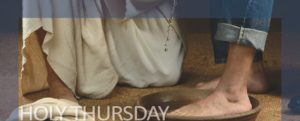
Good Friday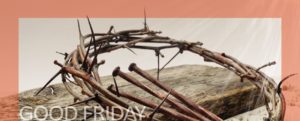
Holy Saturday
Easter Sunday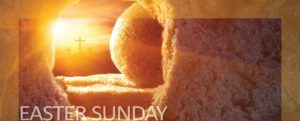
Reflections provided by: Antoinette Baldwin rsj, Mary Dwyer rsj, Jean-Pierre Prévost (taken from Catholic Digest) and Margaret Gillespie rsj
Working Together to Manage Change and Transition
April 8, 2020Australian families and communities have experienced significant change and loss following the drought, fires and floods that have defined 2020.
As the pandemic situation changes shape daily and we are required to adapt and change so rapidly, it is normal and natural for children, young people and adults to respond in unique and varied ways.
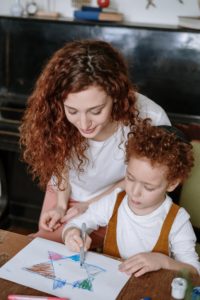 It is not surprising then, that some children, young people and adults may be finding it difficult to transition to home-based schooling and work, limited socialisation, and an upheaval of routine. Sometimes it is not until we move from the ‘doing’ to the ‘being’, that we recognise the impact of the change for ourselves and for others.
It is not surprising then, that some children, young people and adults may be finding it difficult to transition to home-based schooling and work, limited socialisation, and an upheaval of routine. Sometimes it is not until we move from the ‘doing’ to the ‘being’, that we recognise the impact of the change for ourselves and for others.
The impact of the uncertainty, change and loss can be felt in the present, and in the weeks, months and even years following, as individuals, families and communities make sense of what has happened, adjust to the changes, and recover and move forward toward a different future.
In the Seasons for Growth program run by Good Grief we use the metaphor of the ‘seasons’ to help children and young people understand the abstract experiences of change and loss. The metaphor helps children and young people to understand the ‘ups and downs’ of life, that change will come and go (just like the seasons) and that no season lasts forever, not even winter. The Seasons for Growth helps children and young people to recognise and adapt to stressful events as well as the ongoing challenges they may bring. Good Grief supports local communities by training educators and health professionals to deliver Seasons for Growth in their local communities.
Children and young people rely on trusted adults to help manage transitions and so we have prepared an easy-to-read factsheet to support parents, carers and professionals:
Self-Care & Wellbeing: During Times of Uncertainty (PDF)
Please take a look at our Facebook page and the website for additional resources and email with any questions or suggestions if we can support you further.
Fiona McCallum
General Manager, Good Grief
Photo: Mother-and-son by cottonbro obtained from Pexels. Used with permission.
History of the Whanganui Sisters of Saint Joseph
A brief history of the Whanganui Congregation of the Sisters of Saint Joseph

Whanganui, Aotearoa New Zealand, is defined by its mighty Awa (river) which flows from the Central Mountains to the Tasman Sea. Along its length, Te Atihaunui-a-Paparangi (Whanganui people) have lived for 40 generations, and the river is an integral part of their lives.
The first Europeans arrived from England, Scotland and Ireland in the 1840s. Land purchases were negotiated with Whanganui Māori, and finalised in 1848. A military garrison was positioned in the town from 1846 until 1870 due to disturbances from the New Zealand Land Wars.
French Marist missionaries founded mission stations up and down the Awa, and also ministered to the newly arrived. The first Catholic church was built in 1857; the first Catholic school opened in 1866.
When Sisters Hyacinth Quinlan, Clare Rubie, Joseph Kinsella, and Teresa Schmidt arrived at the river wharf in the early hours of 24 April 1880, they were welcomed by the parish priest, Rev Dean Kirk, who with Bishop Redwood had invited them. They came from Perthville NSW, four years after the Diocesan Congregation had been formed. Their knowledge of the country and the Māori people was minimal. They were young, had come from a time of upheaval and estrangement in the Congregation, and were facing great expectations. Boarders for the school were ready and three women to join their community.
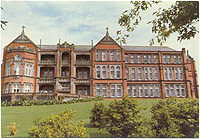
In 1883, the Sisters were asked by Bishop Redwood to help start a school at Hiruhārama (Jerusalem) where the original Marist mission had lapsed during the troubled times on the river. Sr Teresa Schmidt and Sr Aloysius Malone were to accompany a French woman, Suzanne Aubert, a nurse fluent in Te Reo (Māori language). The women travelled upriver in waka (canoes), staying in Māori settlements. They returned to Whanganui two years later. Suzanne Aubert went on to begin the first NZ Congregation – the Daughters of Our Lady of Compassion.
In 1885 a foundation was made in Hāwera, Taranaki, and in the following 25 years, seven convents and schools were begun. Land was sought for the growing Congregation and in 1912 Sacred Heart, a large three-story building, was opened on St John’s Hill in Whanganui. A Chapel which still stands was opened in 1918. Further foundations were made, mainly in the central and lower North Island.
The Sisters formalised their connections with the four Diocesan Congregations in Australia, with the Federation of the Australia-New Zealand Sisters of St Joseph in 1967. By the new millennia, each Congregation was going through its own processes of discernment. For the Whanganui Sisters there was much soul-searching until the decision in 2012 to request Fusion with the Sisters of Saint Joseph of the Sacred Heart. Fusion was granted in February 2013 and celebrated in Whanganui on 24 August 2013.
The journey of the Whanganui Sisters of Saint Joseph has had its ebbs and flows. Numbers have fallen, ministries changed, buildings demolished. But just as the mighty Whanganui Awa flows onward, so also the charism continues to flow through all those who live the spirit of Saint Joseph.
Anne Burke rsj
So Small a Beginning: Part 1
Sr Marie Foale speaks about the beginnings of the Institute of St Joseph for the Catholic education of poor children.
She believes that as a young Josephite growing up, she had a sense that one day Mary MacKillop and Julian Tenison Woods had made a spontaneous decision to found an order.
Reflection on Mary MacKillop
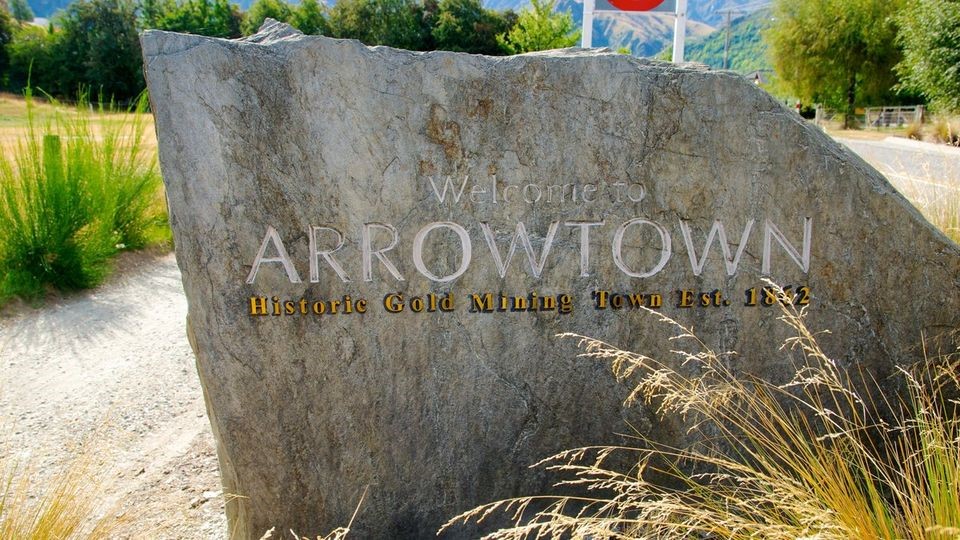
Sister Margaret Mary Sexton reflects on the humility and graciousness of Mother Mary MacKillop from Grey Lynn Aotearoa New Zealand in 1925.
A Day in the Life: Spiritual Director
The Art of Spiritual Direction.
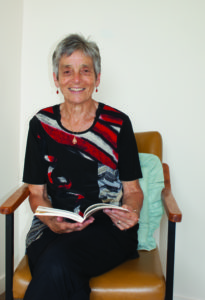
Just over twenty-five years ago whilst attending the Institute of Spiritual Leadership in Chicago my supervisor’s last words to me were; ‘Lyndall there is the Art of accompanying another and that is one’s natural gift and the skills are what you learn along the way.’ I often recall the wisdom of those words. The call to the ministry of Spiritual Accompaniment began for me with a stirring deep within to journey with others in their search for authenticity and a desire to grow into the fullness of their beings. It flowed from my own search for the Mystery of Life hidden in my own journey and the thirst I had for the Sacred.
Over the years I frequently return to two images that honour this ministry for me. The image of being a Guest into the depths of another’s life highlights for me the invitation, the privilege to listen, to attend to, and to marvel at the person’s openness and trust in their exploration of their journey. The Directee is like a host to me offering a hospitable presence which is reciprocated with sensitivity, gratitude and genuine acceptance.
I often also see my Ministry of Spiritual Direction through the lens of a Mid-wife. Sometimes the journey into transformation of the other, letting go of old ways, opening to the new, patiently waiting for light to shine through confusion and pain calls me to be present with hope and an ability to wait for the emergence of new life.
The words of Thomas Merton resonate with me as I invite the one being accompanied to go deeper, to discover an inner freedom and ultimately experience the Sacred in the mystery of their own becoming.
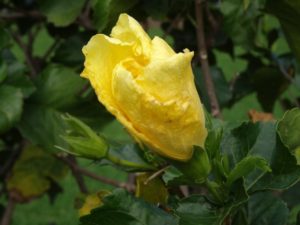
I feel gifted in the opportunities for life that being a Spiritual Director has offered me. Once when moving from one place of Ministry to another a young mother said to me; ‘My children will be eternally grateful to you!’ On many occasions I find myself being personally challenged as I listen to the unfolding of another’s life. I come away from many encounters being inspired to live differently, and to be more attentive to life through the lens of the Sacred.
Over the years I have ministered at Retreat Centres in both Wellington and Mission Bay Auckland. I am now embarking on a ministry amongst the people of South Canterbury. It has always been my dream to minister in Spirituality in a rural area. I take with me the memory, wisdom and gifts received along the way open to receiving more gifts from those I minister among.
Lyndall Brown rsj
Julian Tenison Woods: A Life – Chapter 4th
April 7, 2020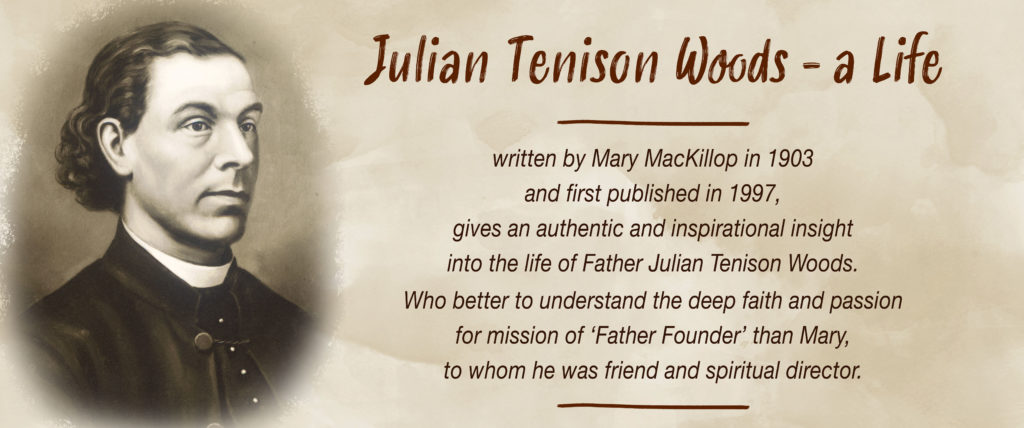
Chapter 4th
…Julian – after staying a short while in Victoria – went to Adelaide to join his brother, Mr J.D. Woods, who says ‘A few weeks rest was quite sufficient to satiate a man of energetic habits like Julian, so he accepted an engagement as sub-Editor and reporter on the “Adelaide Times”… His pen pictures were always pleasant reading, whether he compelled attention by graphic description, made one laugh by the charm of his wit and keen sense of the comic, or shed tears over the sympathetic. But the old yearning towards the church asserted itself anew…
Passion Sunday 2020
April 5, 2020Ours is an age when pilgrimages, processions and trekking have made a comeback.
Ours is an age when pilgrimages, processions and trekking have made a comeback. Whether we walk for our health, to enjoy the countryside or to take a spiritual journey, people usually walk with a purpose. Many walk the Camino, tracing the ancient way of pilgrims through the centuries. Others follow nature tracks made by Aboriginals or early Europeans. One memorable walk I’ve taken was the track around Uluru. My companions and myself found ourselves becoming completely silent and reflective as we realised that were walking on holy ground.
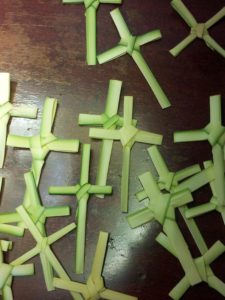 We know that early Christians also took pilgrimages because we have diaries and letters that describe their journeys. One such journey was taken by Ignatius, bishop of Antioch, the journey of a prisoner on his way to his execution. One hundred years before, Jesus of Nazareth returned to Jerusalem to also face his death. Once a year we remember this final journey, also waving palm branches and singing hosanna. We take this ritual procession on Passion Sunday, the day that marks the beginning of the holiest week of the church’s calendar.
We know that early Christians also took pilgrimages because we have diaries and letters that describe their journeys. One such journey was taken by Ignatius, bishop of Antioch, the journey of a prisoner on his way to his execution. One hundred years before, Jesus of Nazareth returned to Jerusalem to also face his death. Once a year we remember this final journey, also waving palm branches and singing hosanna. We take this ritual procession on Passion Sunday, the day that marks the beginning of the holiest week of the church’s calendar.
Here at the Pacific Regional Seminary in Suva, Fiji, palm branches are in plentiful supply. On Passion Sunday we gather at the edge of the compound and, after hearing the Gospel of the triumphant entry into Jerusalem we begin our own journey through the coconut trees accompanied by unified strong and beautiful Islander voices that makes our procession triumphant and hopeful. We enter the chapel via an arch of palms and take our places to hear three powerful scripture readings: the Suffering Servant passage from Isaiah, the message to the Philippians of a Jesus who emptied himself, and yet one more Gospel – this year the story of the passion and death of Christ according to Matthew.
Each of us will hear the Word of God that we need to hear at this stage in our journey. Some of us have celebrated many Easters and wonder if this will be our last – especially those who are old and frail, or facing terminal illness. Others are full of youthful fervour and enthusiasm and feel only exhilaration and excitement as they prepare to take this final journey with Jesus towards Easter.
The tone of this liturgy is triumphant. We know the end of the story – Jesus suffers and dies and rises again to new life. After being fed by the word we will come to the table of plenty to share the bread and wine of suffering and joy. But that story hasn’t ended. Neither are we simply recreating a series of historical events that culminated in the death of Jesus of Nazareth. Now its Christ we commemorate. And the sign of Christ is us.
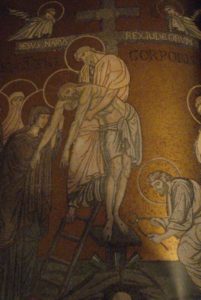 We are Christ’s Body who are caught up in the Paschal Mystery of dying and rising. And we reach out to our sisters and brothers who may not know that Jesus has gone before them. The refugees that we continue to deny life, the homeless who are unable to find shelter, the lonely who are crying out for love and those caught up in addictions who can’t find a way to lasting peace. We bring these members of Christ Body with us on our journey to death, but with the hindsight of Easter hope.
We are Christ’s Body who are caught up in the Paschal Mystery of dying and rising. And we reach out to our sisters and brothers who may not know that Jesus has gone before them. The refugees that we continue to deny life, the homeless who are unable to find shelter, the lonely who are crying out for love and those caught up in addictions who can’t find a way to lasting peace. We bring these members of Christ Body with us on our journey to death, but with the hindsight of Easter hope.
Carmel Pilcher rsj
Images:
Thumbnail & Palm Sunday image obtained from Pxhere. Used with permission.
Christ’s Body is taken from the cross image obtained from Wikimedia Commons. Used with permission.
